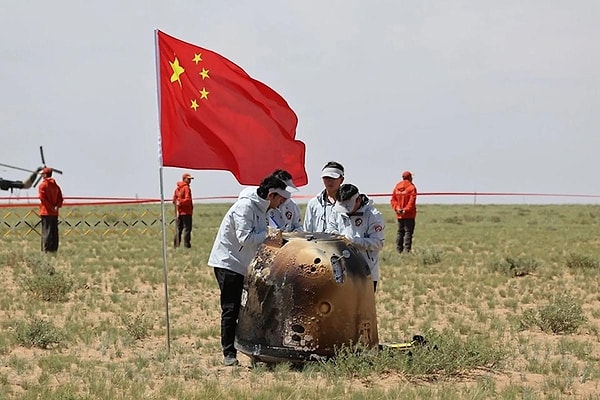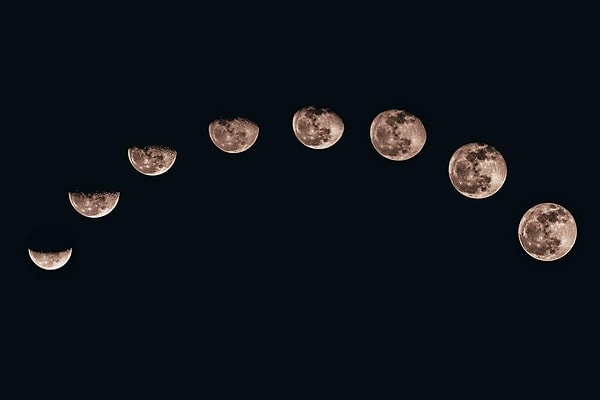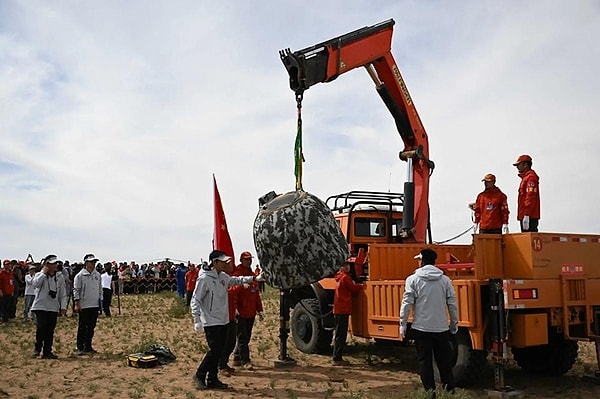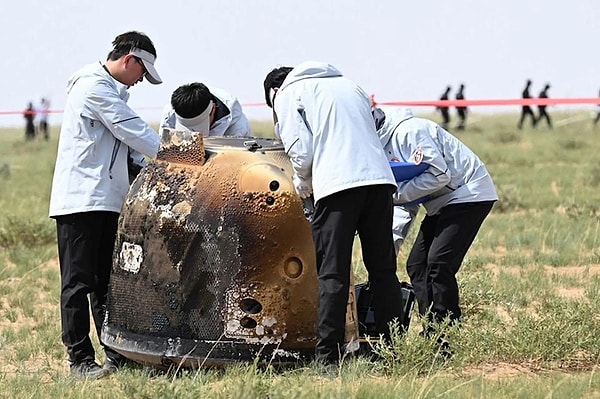China Successfully Returns Rock and Dust Samples from Moon's Far Side
China's Chang'e-6 mission has made history by successfully retrieving the first rock and dust samples from the far side of the Moon. This achievement promises to unlock new mysteries of the Moon and advance our understanding of lunar geology. The mission marks a significant milestone in space exploration, offering unprecedented insights into the geological composition and evolution of the Moon's less-explored regions. Join us as we delve into the details of this remarkable feat and its implications for future lunar research.
China's Chang'e-6 mission successfully retrieved the first rock and dust samples from the far side of the Moon.

The slightly charred return capsule landed in Mongolia, bringing hopes of unraveling the mysteries of the Moon and advancing lunar research efforts.
China has conducted six lunar missions since 2007.

These missions include an unmanned lunar orbiter, a probe for landing site identification, and the Chang'e-3 lunar lander in 2013, accompanied by a rover. Chang'e-4 made history in 2019 by landing on the far side of the Moon and exploring the South Pole-Aitken Basin.
Chang'e-6 was launched on May 3 and returned with samples from the South Pole-Aitken Basin.

This mission follows previous successes in detecting water in lunar rocks. The recent mission completed a two-day drilling and collection operation, returning with approximately 2 kg of lunar material.
Scientists aim to understand the differences between the near and far sides of the Moon, focusing on the Moon's crust thickness, volcanic activity, and composition.

These samples are expected to provide insights into geological activities responsible for these differences.
China is planning additional lunar missions.

Following this recent successful mission, two more Chang'e lunar flights are expected, with the first in 2026 and the last in 2028, including landers, rovers, and robots.
Keşfet ile ziyaret ettiğin tüm kategorileri tek akışta gör!


Send Comment
This incredible achievement by China's Chang'e-6 mission is truly groundbreaking. The successful retrieval of rock and dust samples from the far side of the ... See More